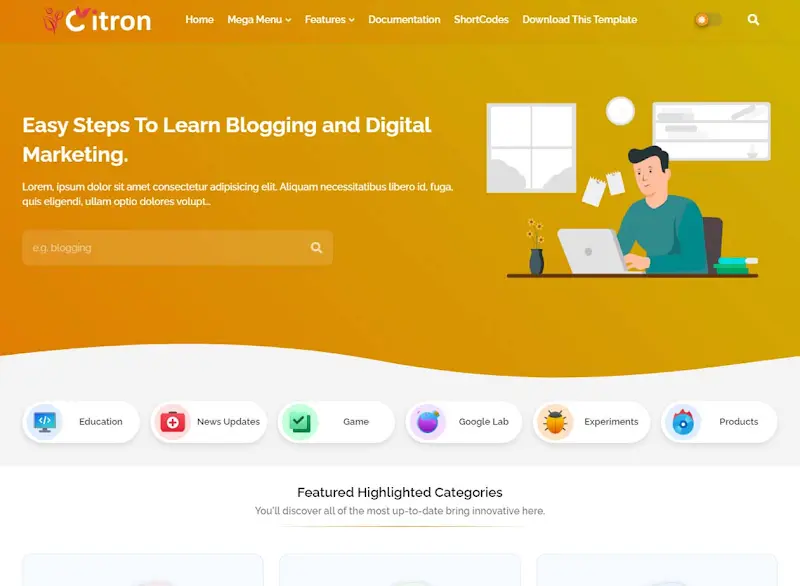
SEO before we kick off, there are a few things that you’ll need in terms of data in order to build your forecast. Firstly, 12 months traffic data.
So this is effectively you can use your analytics platform or you can use Google Search Console to pull down 12 months’ worth of organic data by month. Secondly and most of the time you’re working within a business or you’re working with clients, you will be set a target of what that predicted future SEO performance needs to be.
So that’s incredibly important to bring into your forecast as well. Thirdly, the keywords that you’ll target across the course of your campaign, that’s really important to help try and demonstrate the incrementality that you’re going to be building for your business or your clients. Then, finally, the click-through rate model that’s somewhat linked to point number three here.
Click-through rate model allows you to start to reverse engineer by each keyword how much traffic they are driving and, by improving those keyword positions, how much additional traffic you’re going to be driving through to your website. So those are four things that you’ll need before you set out on this journey. What we’ll end up with, when you’ve gone through this process, is a graph like this.
So effectively, a very clear demonstration of what we’ve achieved over the last 12-month period from that traffic data that you’ve got up here and then some different scenarios. So firstly, your baseline. This is effectively what we think performance will be if we don’t do any value-added SEO activity.
Then we’ve got our forecast in the green here. So using all of that keyword data that you have, what we think the incremental value will be from your SEO activity improving the positions for those keywords. The black dot is the target that you need to work towards.
So very quickly what you can start to see is where you’ve got that gap from the keywords that you’re targeting against that initial target that you’ve been set by your business or your client organization, and that will start to tell you, actually, there are probably more keywords, more expansion that we need to do within our SEO strategy to close that gap.
Then, finally, as that year progresses and you progress through your SEO campaign, what the traffic is that you’re actually generating and how that tracks against the forecast that you’ve built. So this, ultimately, is what we’ll end up with, which you can show to your superiors, your client organizations to demonstrate the value of your SEO activity.
#Create #SEO #Forecast #Free #Template #Included #Whiteboard #Friday,
What is the purpose of building an SEO forecast?
The purpose of an SEO forecast is to predict future organic traffic and demonstrate the value of SEO activities to stakeholders by aligning performance with business targets.
What data is required to create an SEO forecast?
You will need the following:
12 months of traffic data: Organic traffic data, obtainable from tools like Google Analytics or Search Console.
Business or client SEO targets: Predicted goals for future performance.
Target keywords: Keywords you’ll focus on during the campaign to assess incremental traffic potential.
Click-through rate (CTR) model: Data to estimate how improved keyword rankings will drive additional traffic.
How do I gather 12 months of traffic data?
You can use platforms like Google Analytics or Google Search Console to pull monthly organic traffic data for the past year.
What is a click-through rate (CTR) model, and why is it important?
A CTR model calculates the expected click-through rate for keywords based on their positions in search engine results. It helps reverse-engineer traffic contributions and project additional traffic gains from ranking improvements.
Why are target keywords essential in an SEO forecast?
Target keywords allow you to measure the potential incrementality of your SEO efforts. By improving the rankings of these keywords, you can estimate the additional traffic they will generate.
How can I demonstrate the value of my SEO efforts?
Use the forecast to show stakeholders:
The baseline (expected performance without SEO efforts).
Incremental growth achieved from SEO activities.
Alignment of actual traffic with the set targets over ti



